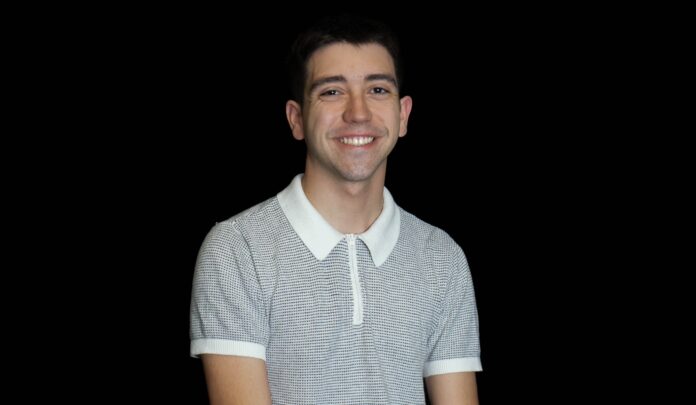By Cameron Mccollum | Reporter
“Avatar: The Last Airbender,” one of the most beloved animated television series Nickelodeon ever released, recently debuted a live-action adaptation on Netflix.
With a fan base in the millions, the critically acclaimed original is placed on an exceptionally high pedestal for its world building, original music, redemption arcs and so much more. However, this should not be the same standard for other renditions of the story.
In a fantasy world where children who have the ability to control natural elements are leading a global effort to stop a century-long war plagued by genocide, racism and pollution, it is hard to believe the original had a PG rating. Luckily for the Nickelodeon animation studio, it was able to use the art of animation to paint a world full of beauty and guide the story with clever frames.
Animation allows for expressive facial reactions, easy sound designs and limitless possibilities on cheaper budgets. Adapting any story from this medium into live action is going to have difficulties, even if the audience expectations are not already high. An adaptation should bring another level of depth to the original while still paying homage to its world building and character design.
Personally, I hold “Avatar: The Last Airbender” close to my heart. Waking up early on Saturday mornings as a 6-year-old to grab my bowl of cereal and sit down in my living room for marathons is a core memory.
The original animated series debuted in February 2005 and ran until July 2008. Needless to say, about two decades later, the original fan base has grown since its release.
While adapting the animation into live action, remember that the characters are children, so of course the actors are going to be children. Audiences need to give these newer actors a lot more grace and recognize, like those in the original, that they are just kids.
Further, the live action is created not only for the original audience but also for reaching brand new audiences. Younger audiences are just not as critical of series that have less refinement, especially if the stories are still captivating.
One of the biggest complaints about the live action is the seriousness of the characters. At the same time, a significant change from the animation to the live action is the depiction of death and loss, which was only alluded to originally. Real actors show the seriousness of death more easily than animated characters, and the portrayal of on-screen loss justifies the seriousness.
More superficially, the wardrobe for actors and the prosthetics for characters are viewed as tacky compared to those of the original. Again, we need to understand this is a children’s series, and we should treat it as such.
Paying homage through the use of the original music and adding depth by showing the actual horrors of the war, the live-action adaptation of “Avatar: The Last Airbender” gives original audiences a sense of nostalgia and new audiences a fresh story medium.
While the original is a masterpiece, we need to understand that no adaptation can meet that standard. Give the Netflix adaptation grace — at the very least, it pronounces Aang’s name correctly.






